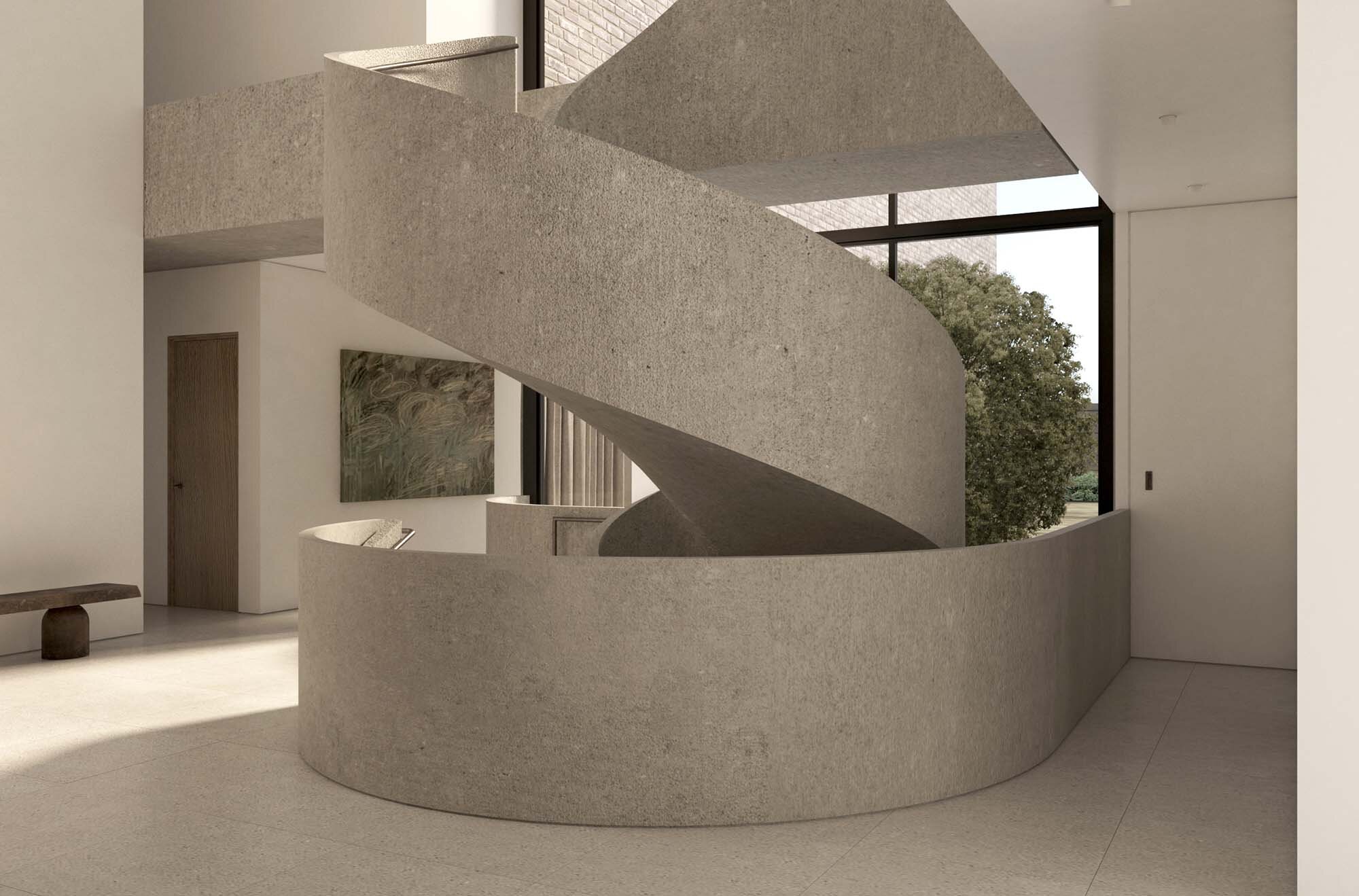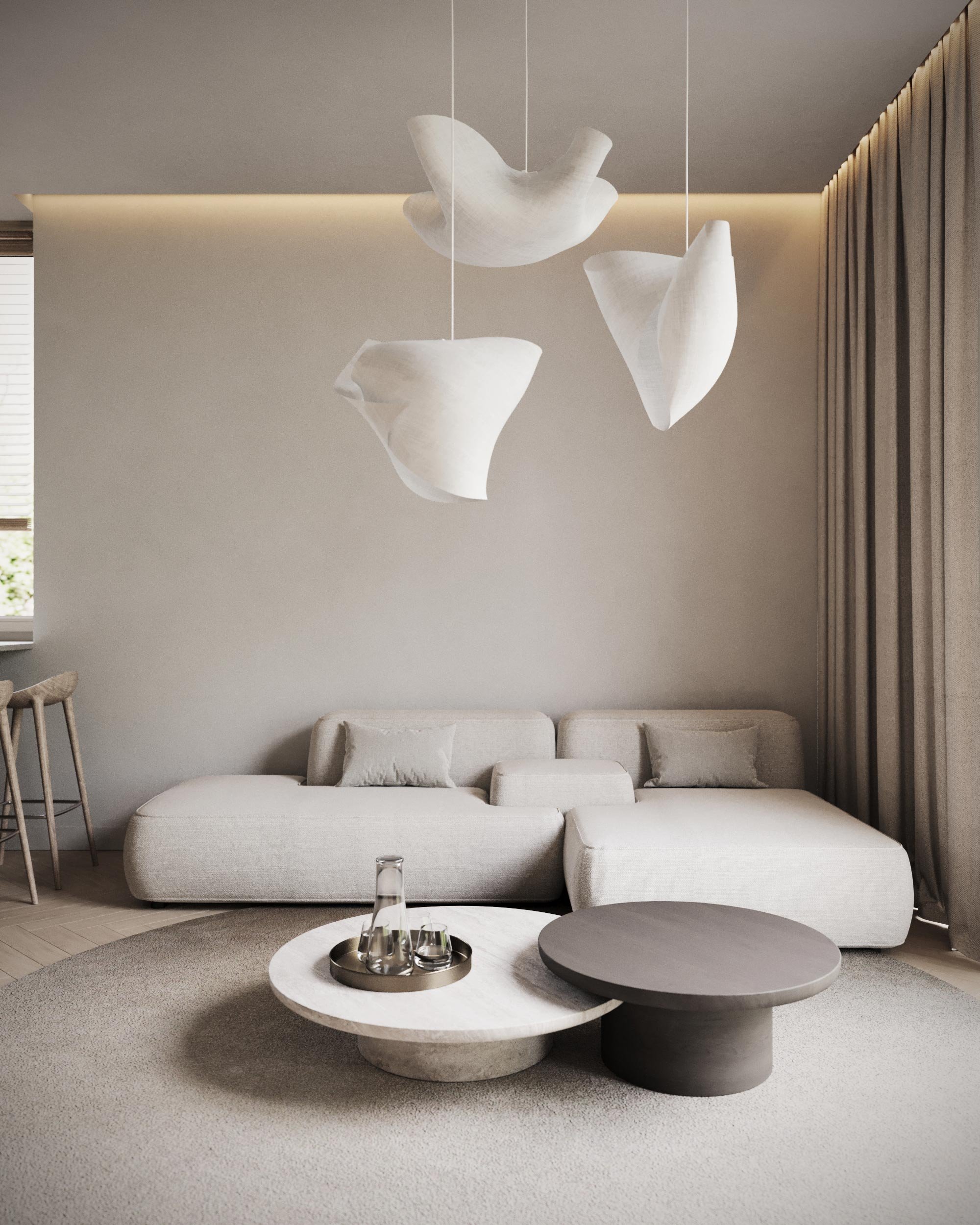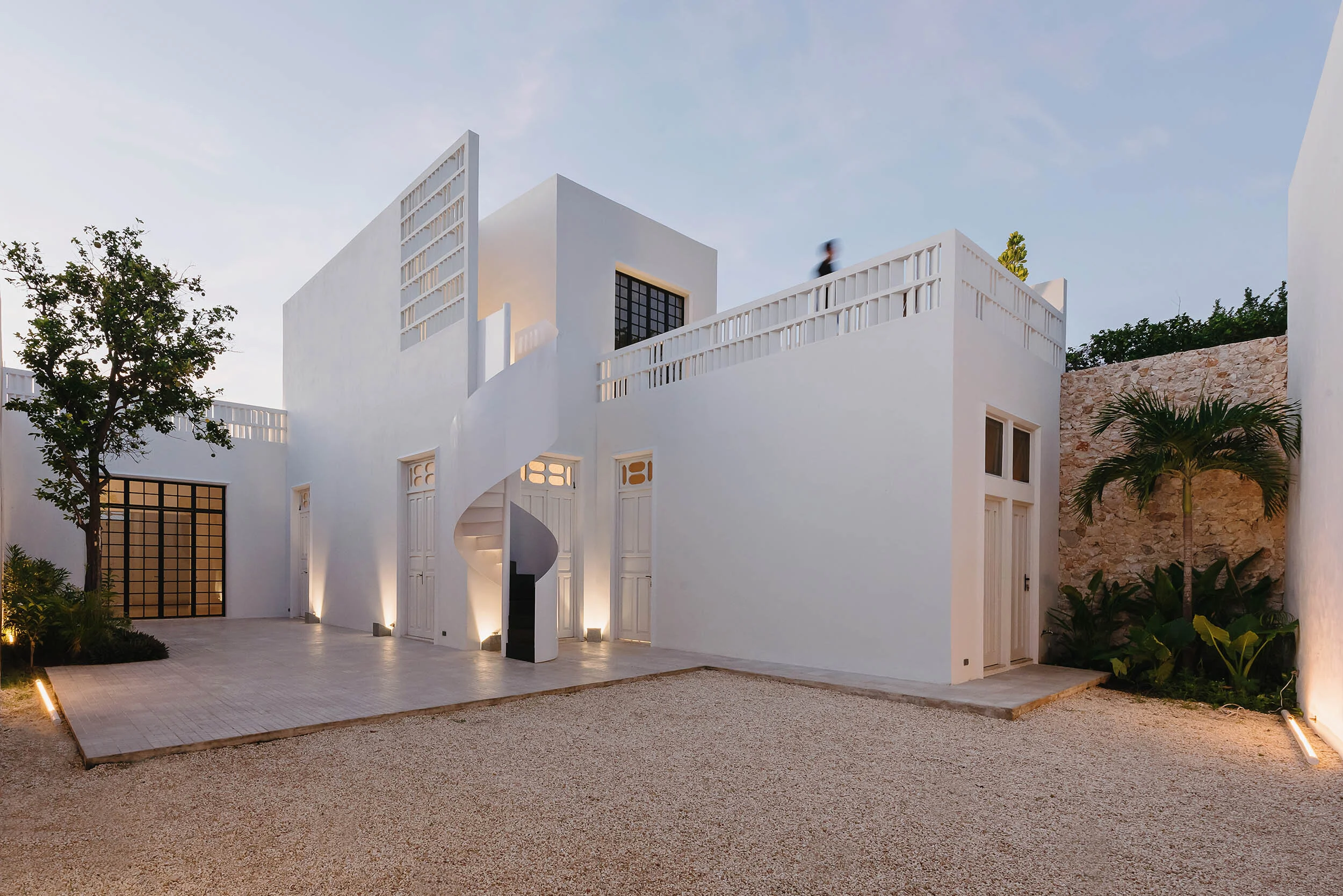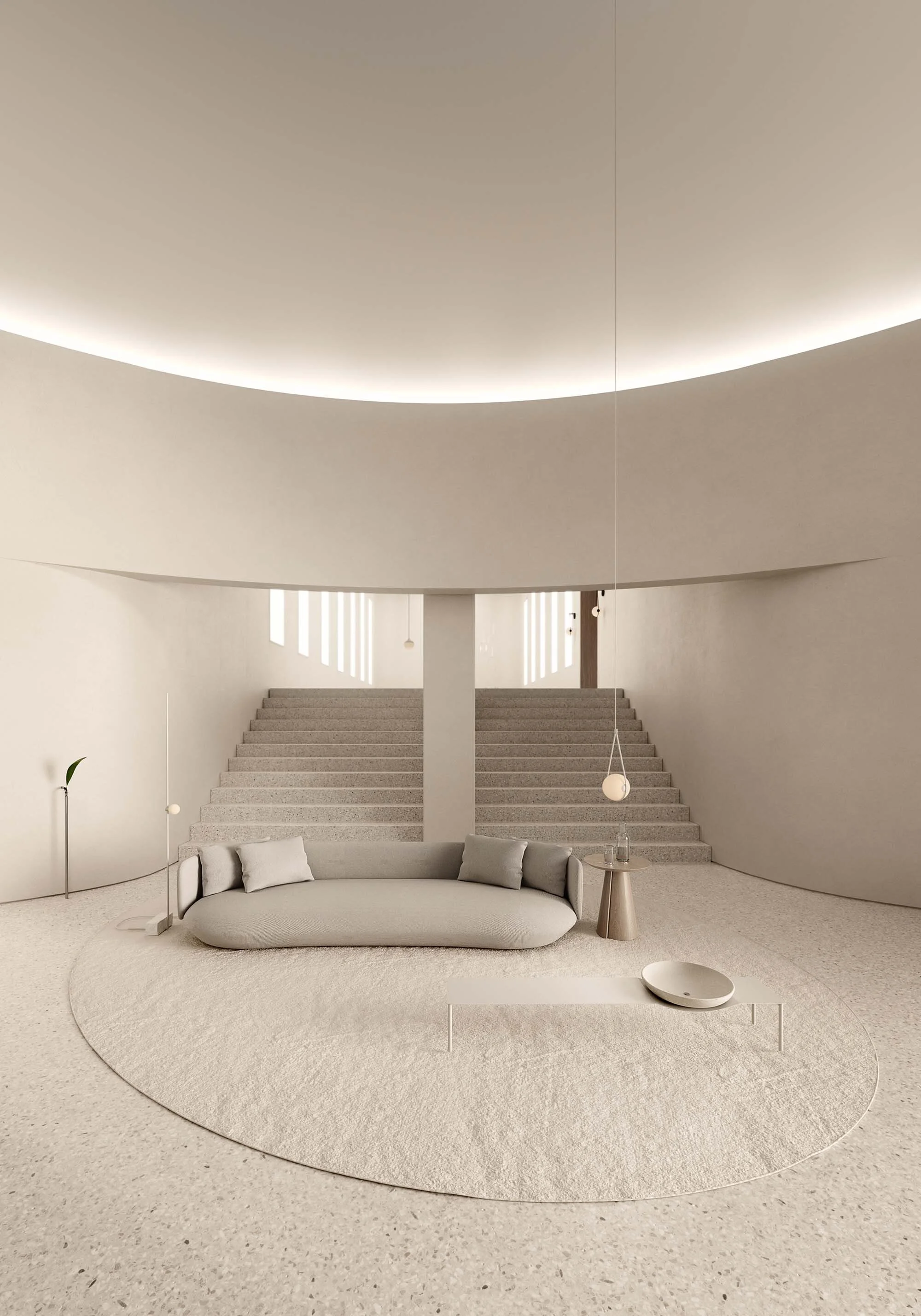Studio 11:11 Creates a Sense of Calm and Intrigue
Studio 11:11 Creates a Sense of Calm and Intrigue
Talking Intrigue, Inspiration, and Intuition with the Design Duo Behind Studio 11:11
Name:
Studio 11:11
Photography:
Nicholas John Wilkins
Words:
Caroline Meeusen
Melbourne-based Studio 11:11 is a multidisciplinary design studio that explores the boundaries between interior, architecture, leather goods, and objects. The studio was founded by New Zealand architect and interior designer Annabel Smart and Dutch interior architect Marijne Vogel. Annabel graduated with a degree in architecture at the Victoria University of Wellington, after which she worked for some renowned New Zealand design firms before moving to Melbourne in 2012. Marijne moved there after obtaining her Bachelor of Interior Architecture at the Royal Academy of Arts (KABK) in The Hague and working for Studio Hecker Guthrie.
Annabel’s design sensibility reveals a certain restraint, eye for detail, and appreciation for natural materials and colors. Marijne’s passion and interest in sculpture, fashion, and product design comes to the fore in combination with her Dutch, no-nonsense approach. Both their spaces and objects radiate a collective aesthetic defined by functionality, simplicity, and craftsmanship. The aim is to create functional objects and spaces that are refined and aesthetically appealing as well. Achieving this by using natural and neutral palettes, paired back forms, and the finest materials, Studio 11:11 reveals a simplicity and refined calm.
VISUAL PLEASURE Magazine:
How did you guys meet, and what made you decide to found Studio 11:11 together?
Studio 11:11: We met six years ago whilst working at an interior design firm in Melbourne, Australia. It was apparent we had similar values and interests outside of interior design, and we soon discovered that we worked well as a duo. Our obsession for all things design led us to collaborate with a local leather maker to produce a large, A3-sized tote bag to take our architectural drawings to meetings in a well-presented and considered way. That first bag attracted interest and soon after became the start of Studio 11:11—at first purely focused on leather goods.
In 2017, we made the decision to take the leap and run Studio 11:11 full time—and to include what we know best: interior architecture. We decided to continue with the same brand for the interiors as the leather goods, and we are now working towards a more multidisciplinary studio. With every project we undertake, our process and values remain the same so that no matter what the output is, we have one collective narrative.
And why that name Studio 11:11?
11:11 stands for intrigue, inspiration, and intuition. We also launched our studio on the 11th of November, and we really like it as a graphic.
Are there certain cultural differences/characteristics that are present in the designs?
We’d like to think that our different cultural backgrounds have shaped the way we think and design. Annabel has a reserved design sensibility. Originating from New Zealand, she has an appreciation for a natural palette and highly-considered detailing but still with an air of approachability. During Marijne’s younger years, she frequently traveled through historic villages and cities in Europe. This is where her appreciation for history and well-made architecture came from. In addition to this, Marijne’s Dutch, no-nonsense approach towards design is what defines her most.
Do you each have your own projects/tasks, or do you design everything together?
During the first two years, we worked on most projects and tasks together. Last year, Annabel moved back to her home country, New Zealand, which required us to restructure how we work. We are fortunate that our skill sets are very similar, making this transition very smooth. In theory, Annabel runs projects in New Zealand, and Marijne takes care of the Australian clients; however, we still collaborate closely on every project, which is the part we really enjoy, and it ensures a cohesive outcome.
How would you describe Studio 11:11’s style, and does this style overlap in both your interior and product designs?
We try not to think too much in terms of style. For us, it is the relationship between human emotion, object, and place that we hold in the highest regard. Through the use of natural materials and nostalgic references, our designs aim to induce a sense of calmness and familiarity but at the same time uplift and inspire. Our love of objects that hold unique characteristics and histories recently led us to source rare vintage lights for our clients and is now part of our product offering under 11:11 Collectibles.
How exactly do functionality, simplicity, and craftsmanship come to the fore in your projects?
Functionality is the foundation of each concept. We aim to create purposeful objects and spaces that serve the end-user. Our designs are not void of aesthetics but resist trends in favor of practicality. We believe simplicity is the result of a highly resolved design. A sense of calm is created through the use of a natural and neutral palette, pared-back forms, and by eliminating the unnecessary. Working with local artisans and using the finest materials, craftsmanship is approached with permanence in mind but always embracing the natural patina of things over time.
“Through the use of natural materials and nostalgic references, our designs aim to induce a sense of calmness and familiarity but at the same time uplift and inspire.”
You often seem to use soft, sober color palettes. Why is that?
We are drawn towards the properties of natural building materials, preferably in their raw form. These materials tend to be more subdued and earthy in tone. It relates back to our interest in the human emotional reaction to surrounding environments. Rather than combining lots of intense finishes and colors, we often pair it back to a minimum, resulting in a calm and considered environment.
What kind of materials do you love to use the most and why?
Natural and preferably locally-sourced materials. The aging process of natural materials is beautiful. They reflect our ethos of designing objects and spaces with permanence in mind and fondly acknowledging the passing of time.
What do you want your products/interiors to portray or evoke?
A sense of calm and intrigue.
Are there certain projects that are still on your bucket list?
We’d love to design our own lighting range. The importance of good lighting is often underrated. We would be eager to learn more about the impact lighting has on the human psyche and design a range based on the outcome of our research
“The aging process of natural materials is beautiful. They reflect our ethos of designing objects and spaces with permanence in mind and fondly acknowledging the passing of time”
















